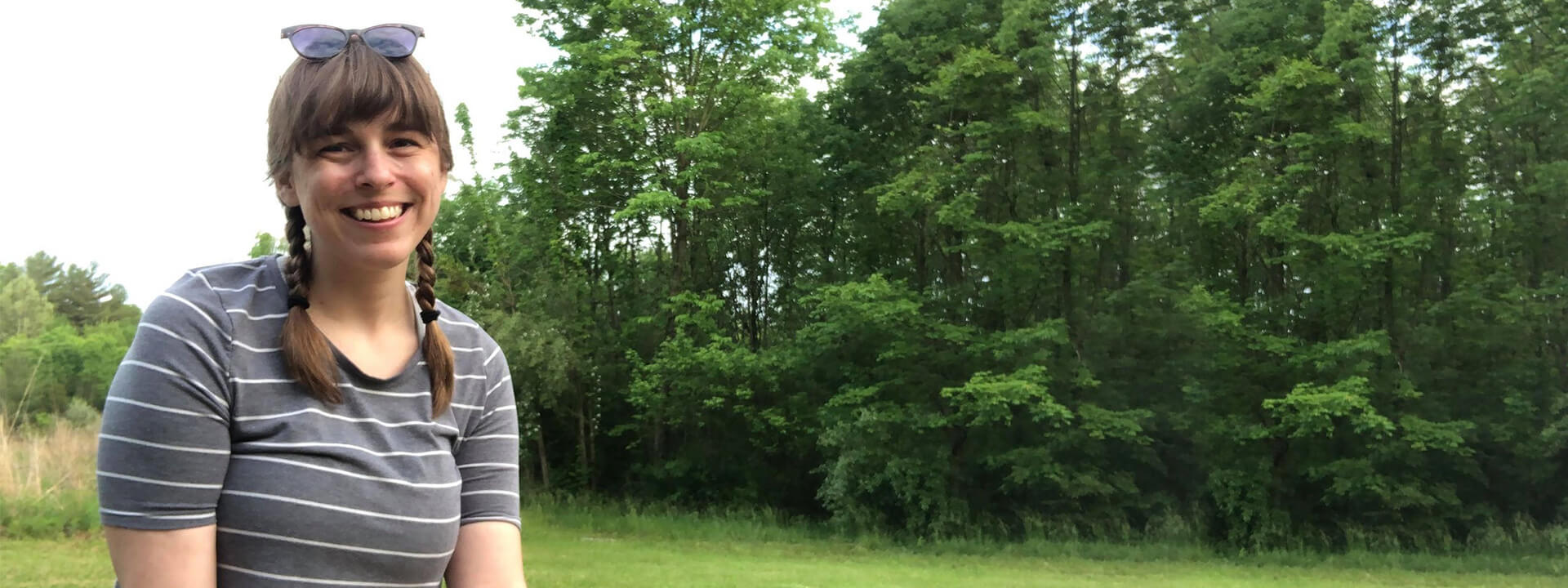In healthcare, we try to be proactive rather than reactive. But if COVID-19 taught us anything, it’s that there are some things we can never be truly prepared for—whether it’s the disruption of a global pandemic or a long road back to health from a serious or chronic illness.
And for those with a diagnosis requiring a specialty medication, the already troublesome prescribing and fulfillment process could be headed for a significant bottleneck.
Two key trends are driving us to that point: a dramatic increase in the number of specialty drugs coming onto the market, and a rapidly growing demand from the patient population that needs them.
The number of novel Food and Drug Administrative (FDA) approvals could approach a record high this year, breaking last year’s record of 53 new approvals. And by 2030, every Baby Boomer will be age 65 or older, which means that one out of every five Americans will be retirement age.
The result of this intersection of new drugs with growing demand could be longer wait times and increased anxiety for patients with serious and chronic conditions. And these treatment delays can hurt patients who are already in a tough spot on their healthcare journey.
I recently connected with two healthcare thought leaders for their perspectives. Dr. Elana Oberstein is Senior Medical Director of Musculoskeletal at Modernizing Medicine, a specialty-specific electronic health records software vendor, and Joel Helle is Vice President of Patient Services at CVS Health.
When Dr. Oberstein began in the field of rheumatology, there were just two injectable treatments—both specialty medications administered by the patient. Today, there are several. “We have made so many strides and advances in science,” Oberstein explains. “And we have a much better understanding of the pathways of these diseases and where you can block them in various areas to help the patient.”
But more options also tend to add more complication to an already difficult and complicated specialty prescribing and fulfillment process. It usually means that workarounds, troubleshooting, additional research and writing appeals are all just part of the experience. The problem is that these things take time. And with the huge strides we’ve made toward perfecting e-prescribing for non-specialty, our goal is to make specialty prescribing as seamless and efficient as it is for any other drug.
In the meantime, Oberstein makes sure to build in lead time and prepare her patients mentally and emotionally for what’s next. She says: “I tell people ‘This could take two to four weeks to get done,’ because I don't want folks to start getting leery when they see there's a lag between when you get that in the hands of the patient and get them started. You're just trying to be one step ahead. But during that lag time, people start going online to do their own research and talking to their neighbors … So I say, ‘Look, it is a bit of an administrative burden. We're going to get through it. Just be ready.’ ”
“It’s becoming increasingly difficult to keep up with the preferred drug.”
CVS’s Helle acknowledges the problems with the process and takes a decidedly hopeful and confident point of view. “There is some sort of breaking point because specialty drugs are so expensive,” he explains. “And there’s more of them coming every single day. Doctor’s offices are going to need a way to do it simpler, or it just won’t happen.” And for his organization, it’s not a goal, it’s an imperative. “I think we will have to pull all this friction out of the process to keep up with it,” he says. “And it’s not like we’re not going to—we have to.”
But what does Helle mean exactly when he says: “It just won’t happen?”
Oberstein explains: “I’ve always had it in the back of my mind that these are all difficult and denied because they’re expensive. But is it also because, nine times out of 10, people are so busy at the point of care that they don’t have time to write the appeals and send the notes? I’m one that likes to fight the fight. I send the data, I make the phone call, I ask for them to explain the denial in detail. But I would venture to say that there are some places that cannot keep up with this.”
“I’m one that likes to fight the fight. I send the data, I make the phone call, I ask for them to explain the denial in detail so that I can make the case for what I know is best for the patient.”
And therein lies an additional rub: healthcare access and equity. In underserved areas, the specialty prescribing bottleneck could be even worse. While the purpose of the administrative process is to ensure that the right patient is being treated as safely, effectively and efficiently as possible, the result is a whole lot of extra work that distracts from patient care.
Helle says, “One of the things I’m involved in is equitable care for patients who live in underserved areas. And if there’s this extra administrative friction related to starting a specialty medication, some of those offices might be so busy that they just have to say, ‘Forget it.’ So, you could theoretically have an appropriate therapy for that patient, but they missed out on it.”
But Helle believes that healthcare has proven its capacity to evolve by solving similar problems with automation and digitization in the non-specialty prescribing space. He says, “We’re already making strides in how we reduce administrative friction. You know, healthcare is one of the few industries left that involves a doctor’s office sending a 50-page fax. But I think every payer and every pharmacy gets that the technology is there and available. Even the government is now saying that they’re going to start paying differently for people who are connected. We are on the path. All of these things together are going to drive this forward.”
Transforming Specialty with Technology
Specialty Patient Enrollment fully automates the specialty enrollment process and reduces the time patients wait to start therapy. No more tiny-print forms, piled-up faxes and days-long games of phone tag between the prescriber, the payer, the specialty hub, and even the patient.
Specialty Medications Gateway and Electronic Prior Authorization enables specialty pharmacies to gather clinical information and conduct prior authorizations within their workflow. This also means reduced wait times as well as the value delivered by specialty pharmacists who have more time to support and advise their patients.
With critical data delivered where and when it’s needed, seamless communication channels and optimized, friction-free workflows, we can ease the journey for patients and all of the specialty stakeholders who support them.
Be sure to visit Intelligence in Action to stay engaged with how the Surescripts Network Alliance is using technology to take the friction out specialty medications, care management, prescription price transparency and more.


 Dean Riggott Photography
Surescripts
Dean Riggott Photography
Surescripts





